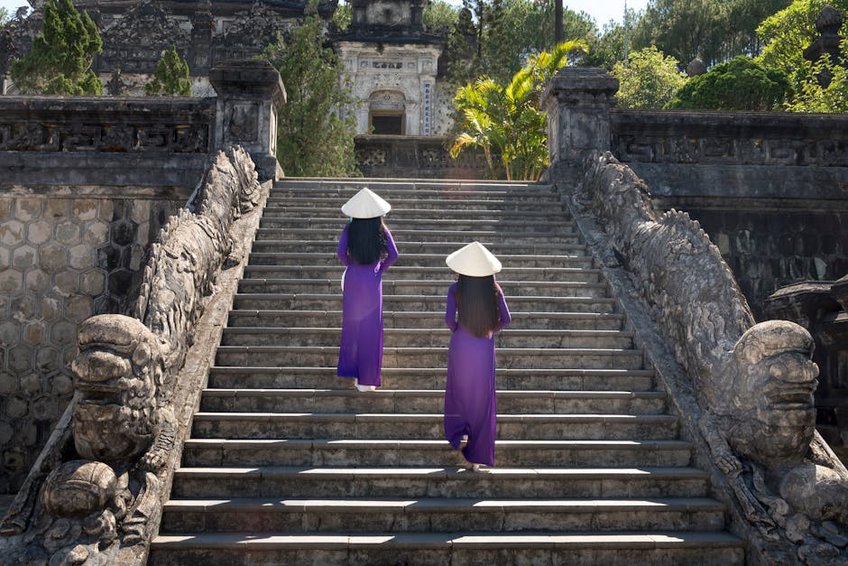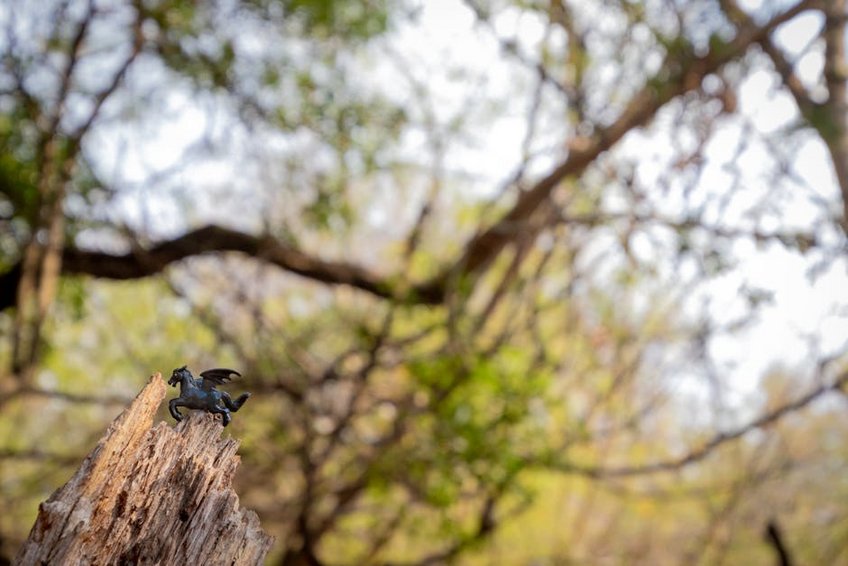Yemen Socotra Island Dragon Blood Trees: Your Ultimate Travel Guide
Imagine stepping onto an island that feels like another planet, where bizarre, umbrella-shaped trees bleed crimson sap and ancient landscapes whisper tales of evolution isolated for millennia. Yemen Socotra Island Dragon Blood Trees represent one of Earth’s most unique natural wonders, drawing adventurous travelers to this remote UNESCO World Heritage site. Located in the Indian Ocean, Socotra boasts over 700 endemic species, with the iconic Dragon Blood Tree (Dracaena cinnabari) standing as its most famous resident. These peculiar trees, with their dense, upward-curving canopies and blood-red resin, have fascinated botanists and explorers for centuries. For you as a traveler, visiting Socotra offers a chance to witness biodiversity unmatched anywhere else, from white-sand beaches to rugged mountains, all while supporting conservation efforts in a fragile ecosystem. However, planning a trip requires careful consideration due to Yemen’s political situation, but with proper preparation, you can safely experience this Arabian gem. This comprehensive guide covers everything from practical logistics to cultural insights, ensuring your journey to see the Yemen Socotra Island Dragon Blood Trees becomes an unforgettable adventure filled with discovery and awe.
Yemen Socotra Island Dragon Blood Trees – Essential Information
Before embarking on your journey, understanding the fundamentals of Socotra and its legendary trees will enrich your experience dramatically. Socotra Archipelago, part of Yemen, lies about 240 miles east of the Horn of Africa and 380 miles south of the Arabian Peninsula, creating an ecological isolation that fostered unique species like the Dragon Blood Tree. These trees aren’t just visually striking; they’re ecological keystones, providing habitat for endemic birds and insects while their resin has been traded for centuries in traditional medicine and dyes. The island’s climate is harsh, with monsoon winds shaping both the landscape and travel seasons, meaning you’ll need to plan around weather patterns. Culturally, Socotra is home to indigenous Soqotri people who speak their own language and maintain traditions distinct from mainland Yemen, offering you a glimpse into a resilient community living in harmony with nature. Visiting requires respecting local customs and environmental protections, as tourism is carefully managed to preserve this fragile paradise.
What Are Dragon Blood Trees? – Botanical Marvels Explained
- Dragon Blood Trees (Dracaena cinnabari) are succulent trees native only to Socotra, characterized by their dense, mushroom-shaped canopy that minimizes water loss in arid conditions, with some specimens over 600 years old.
- The trees get their name from the dark red resin they produce when cut, historically used in medieval alchemy, traditional medicine for wounds and diarrhea, and as a varnish for violins, which you can still see in local markets.
- These trees thrive in Socotra’s limestone plateaus at elevations of 300-1,500 meters, where fog condensation provides moisture, and they play a crucial role in preventing soil erosion while supporting endemic species like the Socotra sunbird.
- Budget travelers can expect to spend around $1,500-$2,000 USD for a 7-day tour, including basic accommodations in guesthouses, meals, and guided visits to key sites like Detwah Lagoon and Dragon Blood Tree forests.
- Mid-range options cost $2,500-$3,500 USD, offering upgraded lodging in eco-camps, more comprehensive itineraries with camel treks, and additional activities like snorkeling in the coral reefs.
- Luxury experiences range from $4,000-$6,000 USD, featuring private guides, stays in boutique camps with better amenities, and exclusive access to remote areas for photography or research purposes.
- UNESCO World Heritage Centre – Socotra Archipelago
- Lonely Planet Travel Guide for Socotra
History and Cultural Significance – Local Traditions
For centuries, the Dragon Blood Tree has been intertwined with Socotri culture, appearing in ancient Greek and Roman texts where its resin was valued as a luxury commodity. Local legends say the trees sprang from the blood of a dragon slain in battle, giving them a mythical aura that you’ll feel when walking among them. Traditionally, the resin is harvested sustainably by making small incisions in the bark, then used in rituals, as a dye for wool, and in folk remedies for various ailments. The Soqotri people consider these trees sacred, often associating them with protection and healing, so when you visit, you’ll notice respectful behavior around them. This deep cultural connection highlights why conservation efforts are vital, as overharvesting and climate change threaten their survival, making your responsible tourism a key part of preservation.

Yemen Socotra Island Dragon Blood Trees – Planning Your Trip
Organizing a visit to Socotra demands meticulous planning due to its remoteness and the complex political situation in Yemen, but with the right approach, you can navigate these challenges smoothly. Start by researching reputable tour operators specializing in Socotra, as independent travel is nearly impossible and guided tours ensure safety and logistics are handled. You’ll need to obtain visas through your tour company, which typically arranges permits from Yemeni authorities, and ensure your passport has at least six months’ validity. Health precautions are crucial; pack a basic medical kit, consider vaccinations for hepatitis A and typhoid, and bring malaria prophylaxis since the island has limited healthcare facilities. Budgeting is another key aspect, as costs can vary widely based on tour packages, with expenses covering flights from mainland Yemen, accommodations, meals, and guide services. By planning ahead, you’ll maximize your time exploring the Yemen Socotra Island Dragon Blood Trees and other wonders without unnecessary stress.
Best Time to Visit Socotra Island – Seasonal Considerations
The ideal time to visit Socotra for optimal weather and accessibility is between October and April, when temperatures range from 75°F to 85°F (24°C to 29°C) and monsoon winds are calmer. During these months, you’ll enjoy clear skies perfect for hiking and photography, with the Dragon Blood Trees appearing lush after occasional rains. Avoid the summer months from May to September, when strong Khareef winds make boat travel hazardous and temperatures can soar above 100°F (38°C), limiting outdoor activities. If you’re a birdwatcher, plan your trip in November or March to witness migratory species, while spring (February-April) offers blooming endemic plants that add color to the landscape. Remember, flight schedules from mainland Yemen (typically from Seiyun or Cairo) are irregular, so book early and allow flexibility in your itinerary for weather-related changes.
Budget Planning and Costs – Financial Preparation
Essential Preparation Checklist – What to Bring
Packing wisely for Socotra ensures comfort and safety in its rugged environment. Start with lightweight, breathable clothing for warm days, but include layers for cooler evenings and rain gear for unexpected showers. Sturdy hiking boots are non-negotiable for rocky trails, along with a wide-brimmed hat, high-SPF sunscreen, and sunglasses to protect against intense sun exposure. Bring a reusable water bottle and water purification tablets, as tap water isn’t safe to drink, and pack snacks like energy bars for long hikes. Don’t forget essential documents: copies of your passport, visa, travel insurance with emergency evacuation coverage, and local currency (US dollars are widely accepted). Lastly, a good camera with extra batteries will capture the surreal beauty of the Yemen Socotra Island Dragon Blood Trees, while a power bank is handy since electricity can be unreliable in remote areas.
Yemen Socotra Island Dragon Blood Trees – Top Attractions and Activities
Once you arrive on Socotra, a wealth of unforgettable experiences awaits, centered around the island’s unique ecology and the majestic Dragon Blood Trees. Your days will be filled with exploration, from guided hikes through otherworldly landscapes to relaxing on pristine beaches untouched by mass tourism. The island’s compact size means you can cover multiple highlights in a short time, but spending at least 7-10 days allows you to immerse yourself fully without rushing. Key activities include trekking to the Dixam Plateau, where dense forests of Dragon Blood Trees create a surreal canopy, and snorkeling in the clear waters of Detwah Lagoon, home to vibrant marine life. For adventure seekers, rock climbing in the Haggier Mountains or camping under star-filled skies offers thrilling moments, while cultural encounters with local Bedouin communities provide insight into sustainable living. Each activity is designed to minimize environmental impact, so you can enjoy Socotra’s wonders while helping preserve them for future generations.
Must-See Highlights – Iconic Sights Not to Miss
No visit to Socotra is complete without seeing the Dragon Blood Trees in their most impressive settings, such as the Firmihin Forest, where hundreds of these ancient trees create a breathtaking panorama. Another essential stop is the Detwah Lagoon, a turquoise bay with white-sand beaches and excellent snorkeling opportunities among coral reefs and tropical fish. For panoramic views, hike to the Skund peaks, where you’ll witness the island’s dramatic geology and spot endemic birds like the Socotra bunting. Don’t overlook the Hoq Cave, one of the largest on the island, featuring stalactites and ancient inscriptions that reveal Socotra’s human history. These highlights offer a perfect blend of natural beauty and adventure, ensuring your trip to the Yemen Socotra Island Dragon Blood Trees is packed with memorable moments and photo opportunities.
Hidden Gems and Local Favorites – Off-the-Beaten-Path Experiences
Beyond the well-trodden paths, Socotra hides lesser-known treasures that provide a more intimate experience of its magic. Explore the Qalansiyah area, where fishing villages offer homestays and you can join locals in traditional dhow boat trips to see dolphins and seabirds. Visit the Arher Sand Dunes, where towering dunes meet the sea, creating a surreal landscape perfect for sunset photography and solitude. For a unique perspective on the Dragon Blood Trees, trek to the higher elevations of the Haggeher Mountains, where smaller, isolated groves thrive in misty conditions. Engage with Soqotri families to learn about herbal medicine using tree resin or participate in a beach cleanup organized by community groups, giving back while you travel. These hidden gems allow you to connect deeply with Socotra’s culture and environment, making your journey to see the Yemen Socotra Island Dragon Blood Trees even more rewarding.
Yemen Socotra Island Dragon Blood Trees – Practical Travel Information
Navigating the logistics of traveling to Socotra requires attention to detail, especially given its remote location and the ongoing situation in Yemen. Most visitors fly from Seiyun Airport in mainland Yemen via Yemenia Airways or from Cairo with charter flights, but schedules are infrequent and subject to change, so book through a tour operator who handles arrangements. On the island, transportation is primarily by 4×4 vehicles due to rough roads, and your tour will include drivers familiar with the terrain. Accommodations range from basic guesthouses in Hadibo, the main town, to eco-friendly campsites in nature reserves, where you’ll sleep under the stars near Dragon Blood Tree forests. Communication can be challenging, as internet access is limited and mobile coverage is spotty, so inform family of your itinerary beforehand. By understanding these practical aspects, you’ll ensure a smooth and enjoyable trip focused on the wonders of the Yemen Socotra Island Dragon Blood Trees.
| Category | Options/Features | Price Range (USD) |
|---|---|---|
| Accommodation | Guesthouses in Hadibo with basic amenities, shared bathrooms | $30-50 per night |
| Eco-Camps | Tented camps in natural settings, meals included, solar power | $70-120 per night |
| Transportation | 4×4 rental with driver for island tours, fuel included | $100-150 per day |
| Activities | Guided hikes, snorkeling trips, cultural visits | $20-50 per activity |


